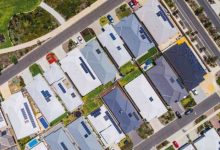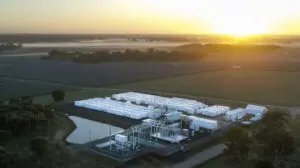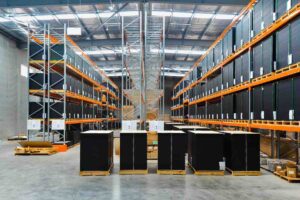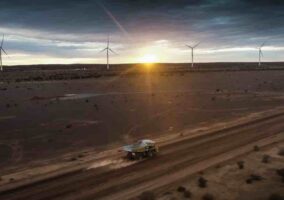A new Australian research project will investigate how the growing number of small-scale energy devices, like rooftop solar and battery storage systems, can help in maintaining reliable supplies of power when the grid is impacted by sudden and unexpected equipment failures.
The study, to be undertaken by researchers at the University of New South Wales, will investigate how distributed energy resources behave during periods of unexpected disruptions in the energy system in an effort to boost system resilience.
The $2.1 million study will develop ways to improve the collection of data, monitor inverter and other device behaviours and develop new standards and tools for measuring the performance of rooftop solar and other energy resources within the grid.
The study will be led by Naomi Stringer from UNSW’s School of Photovoltaic and Renewable Energy Engineering, who said there was a key need to effectively integrate low emissions technologies to ensure reliable and stable supplies of power while helping to cut greenhouse gas emissions.
The study will focus on the behaviour of distributed energy resources during “contingency” events when unexpected interruptions or failures put the operation of the wider grid at risk. Examples of these contingency events include the failure of network infrastructure due to fire or lightning strikes or unscheduled outages at large thermal generators.
“Australia is now leading the world in home solar PV installations, with more than 2.5 million systems across the country. How these systems behave when sitting on our rooftops can have material impacts on the broader electricity grid,” Stringer said.
“Unexpected events such as lightning strikes and equipment failures take place every day in the power grid. Very occasionally major disturbances occur, and the ability of the overall power system to ride through and then recover is key.”
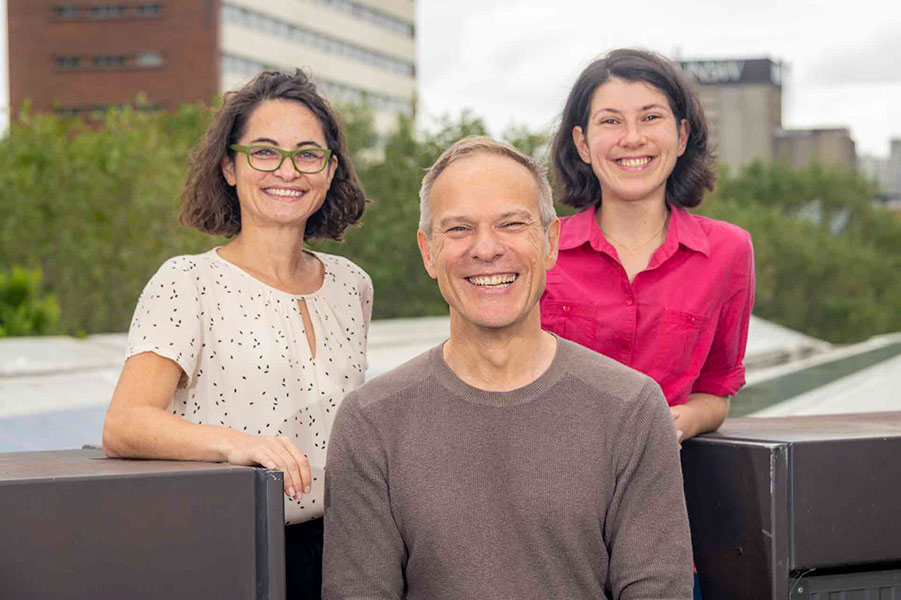
Stringer said there was an important need to study the behaviour of rooftop solar and devices like battery storage during these events, both to understand how they are likely to respond to such disruptions but also to identify ways in which such systems could be used to mitigate the impacts of supply disruptions.
“Impacts of rooftop solar can be particularly acute during disturbance events when the grid is already strained, posing new risks to power system security. However, there are also important opportunities to harness rooftop solar capabilities to help restore power system security. Despite this growing role and potential impact, there is very little data showing how solar PV behaves in the field during such events,” Stringer added.
UNSW researchers will work to collate data from a large number of rooftop solar data, in partnership with UNSW spin-off Solar Analytics, crunching the data to better understand their behaviour. This will include monitoring the compliance of inverters with relevant standards.
The Australian Energy Market Operator, which will also partner in the project, said that the outcomes of the study would help build a more robust energy system as the uptake of technologies like rooftop solar and batteries continues to grow.
“The findings of this project will help us build the smarter grid we need to operate securely, safely and reliably with much higher levels of distributed generation. It’s making sure we’ve got the tools in place and can support the decisions that consumers are making to invest in these kinds of resources,” AEMO’s Chief Member Services Officer Violette Mouchaileh said.
The three-year study will be supported by a $981,000 grant from the Australian Renewable Energy Agency (ARENA).
ARENA CEO Darren Miller said that the study would provide important insights into the role that rooftop solar and other distributed energy resources could play in managing unexpected events in the energy system.
“UNSW’s project is an exciting step in developing the vital components for rooftop solar and DER and the benefits they bring to supporting the electricity grid,” Miller said.
“Integrating renewables into the electricity system is a key priority for ARENA, so the tools being developed throughout the project will help to ensure that Australia’s record-breaking solar installations continue to be of benefit to the grid and in helping with system security.”

